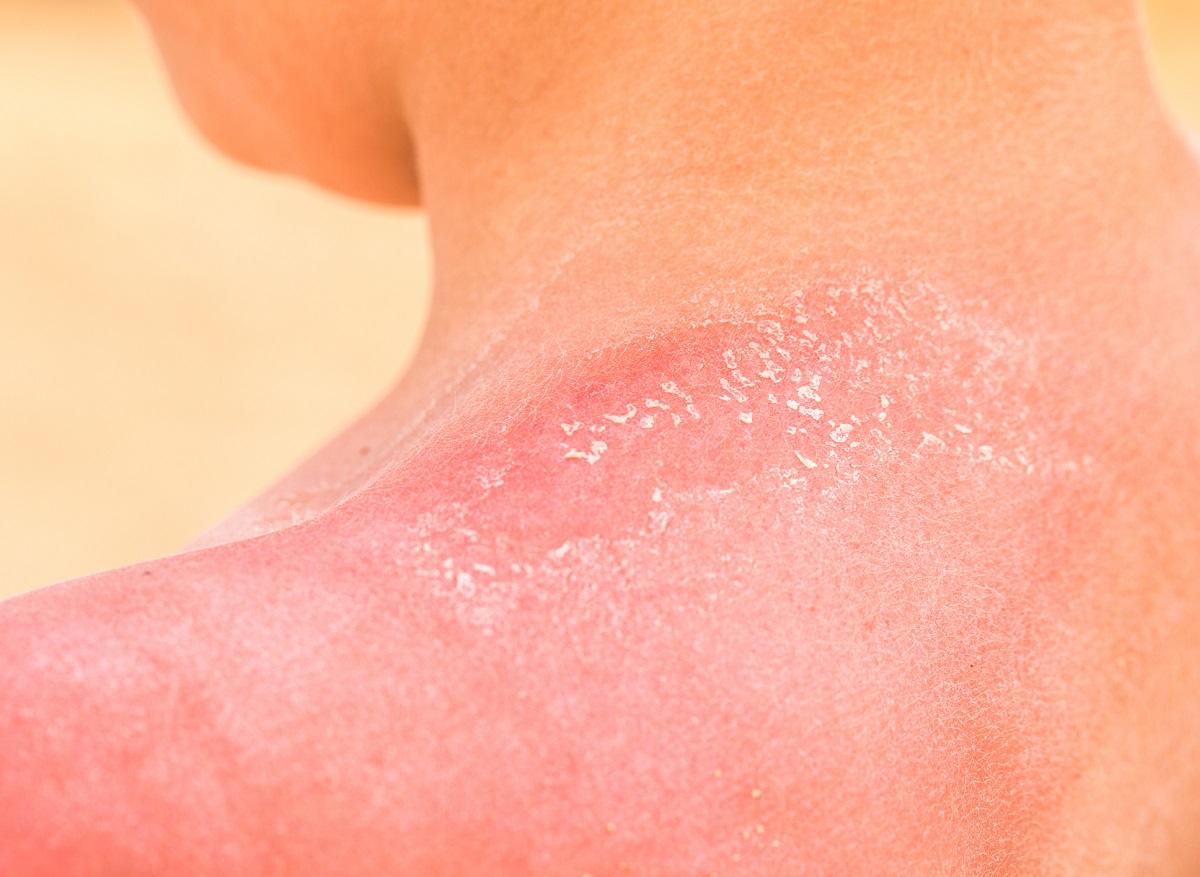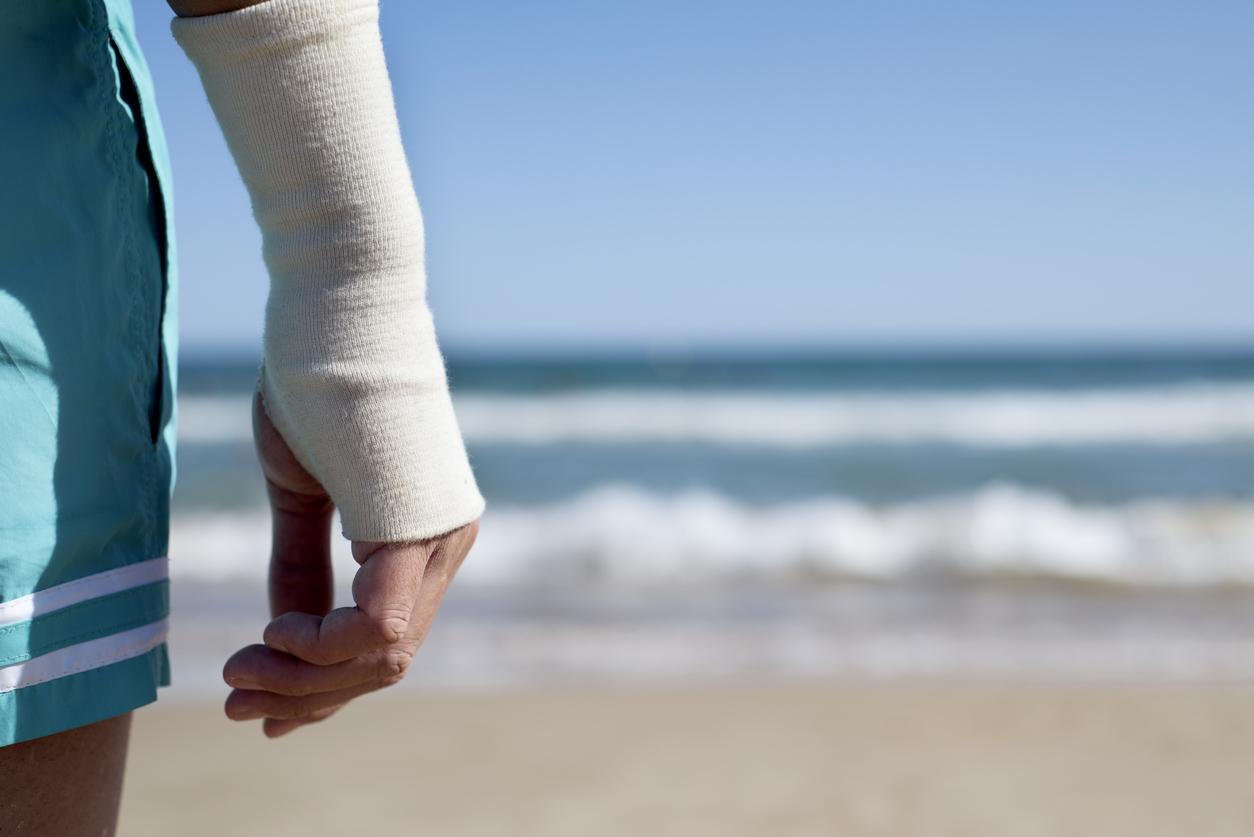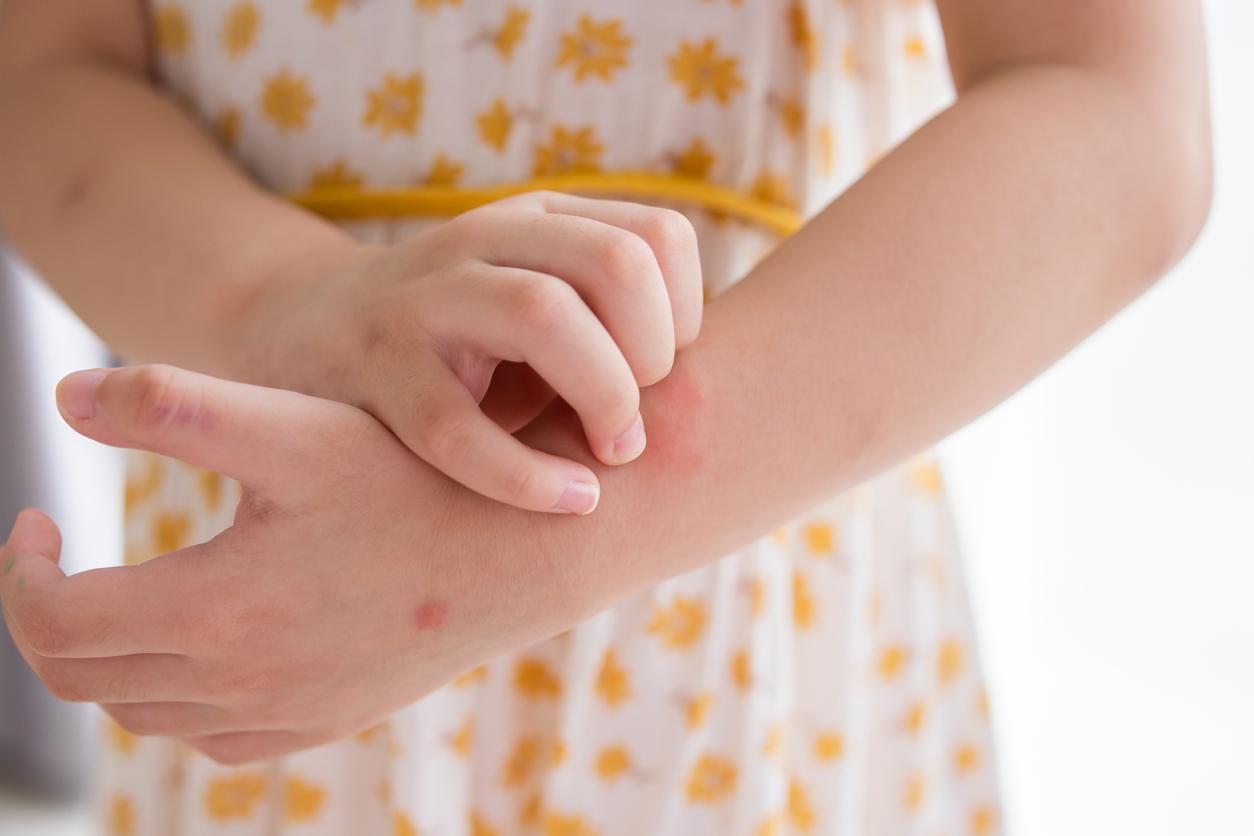When the skin is exposed to cold temperatures in winter, certain reactions are normal: itching, dry skin, cracked lips. Frostbite, on the other hand, is abnormal. They occur in case of damp cold and must be treated like burns.

The cold is not the enemy of the skin provided it is protected with a moisturizer, but you have to think about frostbite which, contrary to what you think, is not due to intense cold but to cold. humid.
At what temperature does the skin begin to suffer?
Frostbite is caused by cold AND humidity, without necessarily needing to be exposed for a long time. They are not necessarily caused by temperatures below zero. It’s mostly a question of humidity.
Be careful not to confuse frostbite with frostbite. Frostbite are lesions caused by the cold and appear in the event of very negative temperatures. The most severe sometimes require amputation.
How do I know if it’s frostbite?
Frostbite appears on the less vascularized parts of the body, such as the extremities of the limbs (hands, feet). They are recognized by the change in color of the skin at the extremities: reddish, purplish. The area swells and may even be painful.
There is a simple redness then bubbles or purplish blisters can then form. The areas are painful and should be treated like burns.
What to confuse frostbite with?
Frostbite consists of a distal and symmetrical “erythrocyanosis” with tense and shiny purpuric infiltration. It is a permanent acrosyndrome. “Acrodynia manifests as unpleasant attacks with tingling, burning, itching extremities that are swollen, cold and clammy. The evolution is variable from regression to ulceration. Acrodynia occurs against a background of impaired general condition, arterial hypertension with tachycardia, and its cause is not known.
“Acrocyanosis is a cyanosis that affects the hands, toes, nose and ears with hypothermia and excessive sweating. Raising the cyanotic limb and compressing the skin creates a white discoloration of the skin.
Raynaud’s syndrome is a “paroxysmal vascular acrosyndrome”. Sometimes very painful, Raynaud’s syndrome is manifested by seizures, often triggered by cold and stress, and it only affects the extremities: fingers and toes mainly, but also sometimes the nose or ears (the thumb is generally spared) . During a vascular spasm in the cold, circulation decreases and the extremities will first become discolored, the skin becoming white or waxy: this is the “ischemic phase”, also called “syncopal”. If the phenomenon lasts for more than a few minutes, the affected extremity turns blue, which means that it is no longer sufficiently supplied with oxygen: it will “cyanose” and this is the “cyanic phase” or “asphyxiation”. “. When the circulation resumes in the affected part, a redness appears as well as throbbing pains: this is the “erythralgic phase” or “recovery”.
Who is most at risk?
If baby, during a particularly cold walk, complains of pain in the hands, feet, nose, cheeks and ears, you must have the “frostbite” reflex and return as quickly as possible to warm up the parts of the body that are are touched with a lukewarm cloth or bath, which is the best solution.
Above all, do not expose it to a significant heat source as this could aggravate frostbite. If it is only pre-frostbite, the pain will subside quickly. If it is frostbite, the pain will come back, quite sharp, like a burn which is in fact quite close in its consequences.
Is this only for toddlers?
Adults are not immune to the harmful effects of the cold, especially older people who also have very thin skin. If so, it will first turn red, then white or greyish.
Above all, do not rub. The only thing to do is to use lukewarm heat there too. That of his body first if it is the hands, then as soon as he returns home, the bath. If the pain does not yield or if blisters appear, the opinion of a doctor is essential.
How to protect yourself from the cold?
Protecting yourself from the cold is above all a matter of common sense: warm clothes, gloves, a scarf in front of your mouth, a hat and nature takes care of the rest.
However, a few rules must be observed. Clothing that is too tight should be avoided so that blood circulation is not blocked and can play its role as an internal radiator. You have to put on two layers of thin socks rather than a pair of thick socks, as well as add silk gloves under your thick gloves and not have your feet tight in your shoes.
It is also necessary to fight against the humidity which plays an important role and to wear waterproof and loose clothing. And if the temperature is below -20, it is better not to go out when you are, or very young, or very old.
How are frostbites treated?
Simple frostbite can be treated with vasodilators and also with creams based on healing vitamins B5. When the problem is recurrent, it is also important to be prescribed, as a preventive measure, vasodilators, vitamin E.
.

















